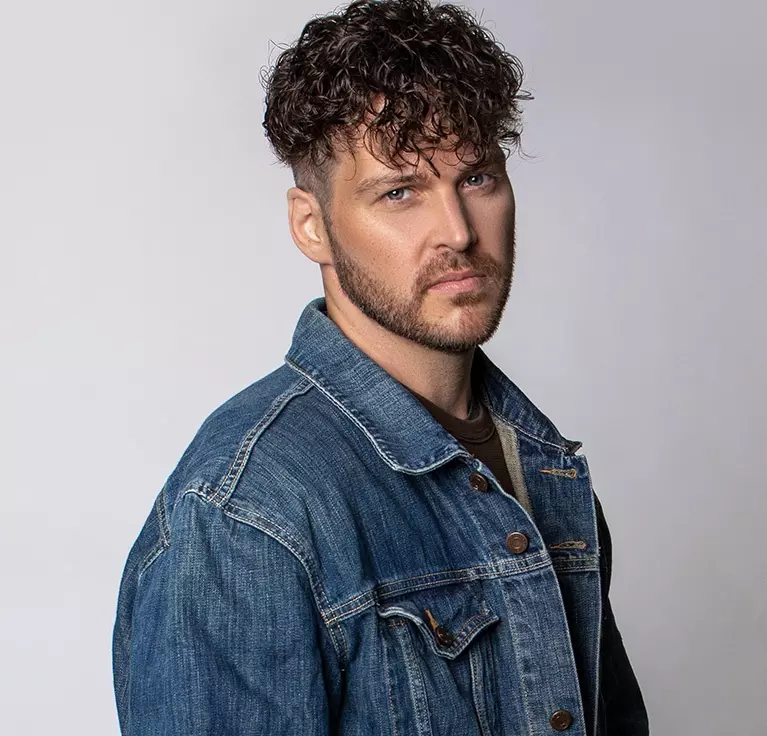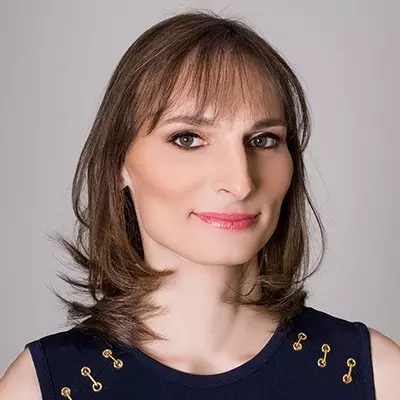Hair loss can happen to anyone for any number of reasons - age, genetics, illness, hormonal changes, and as a side effect from medications, to name a few. For patients searching for a solution to their condition, there are several options available. Some are long-term solutions while others are temporary cover-ups. One of the most successful permanent options is follicular transfer.
What Is Follicular Transfer?
Follicular transfer involves transplanting individual hair follicles from a suitable donor section of the scalp to the area where the hair is thinning or falling out. Most of the time, donor follicles are taken from the sides or back of the head, provided there is suitable healthy hair growth.
Relative to many other procedures, follicular transfer is considerably less invasive. Because of this, patients benefit from shorter healing times and a much smaller chance of any scarring. While it's not always the best option for everyone, ideal candidates experience a high rate of success with follicular transfer.
Follicular transfer has become a popular choice for those who need this type of cosmetic enhancement. With the end results typically having a favorable outcome, patients enjoy a boost to their overall confidence levels and self-esteem.
Backstory
Dr. Norman Orentreich performed the very first hair transplant in the 1950s. Follicular transfer appears much more natural because follicles are transplanted individually or in groups of up to four hairs at a time. This technique allows doctors to select the healthiest follicles, while bypassing those that are better left where they are. It may be more time consuming, but follicles come out looking just as they do in nature.
It was a major improvement and significant step forward from the now redundant follicular unit strip method, which involves grafting strips of healthy scalp to replace thinning and balding areas. These strips typically left a bulgy, unnatural look to the scalp.
The Process
Candidates will first be assessed for the underlying cause of their hair loss as well as whether healthy donor areas are present to determine their suitability for follicular transfer. The procedure itself involves numbing the donor area before using a microsurgical needle to isolate individual follicles. The donor hair is carefully removed, followed by the anesthesia of the recipient area. The needle is then used to make small incisions where the donor hair is inserted. The average healing time takes around a week.
Is Follicular Transfer the Best Option For Me?
Only a medical professional can answer this question. Each case is unique to the individual seeking the treatment, so it's highly recommended potential patients schedule an appointment with a reputable practitioner to explore all of the options available to them.
If you're considering pursuing follicular transfer and would like to arrange a free personal consultation with Mane Image, please contact us. We'll help you take the next step towards overcoming your hair loss with professionalism and confidential.











